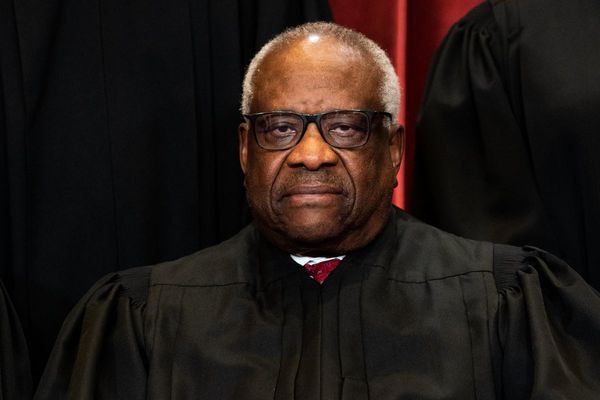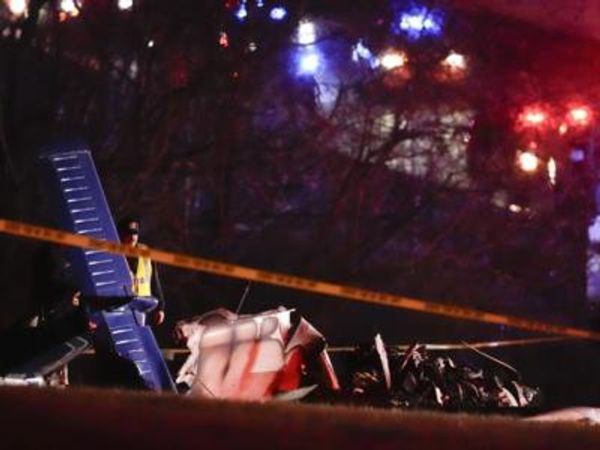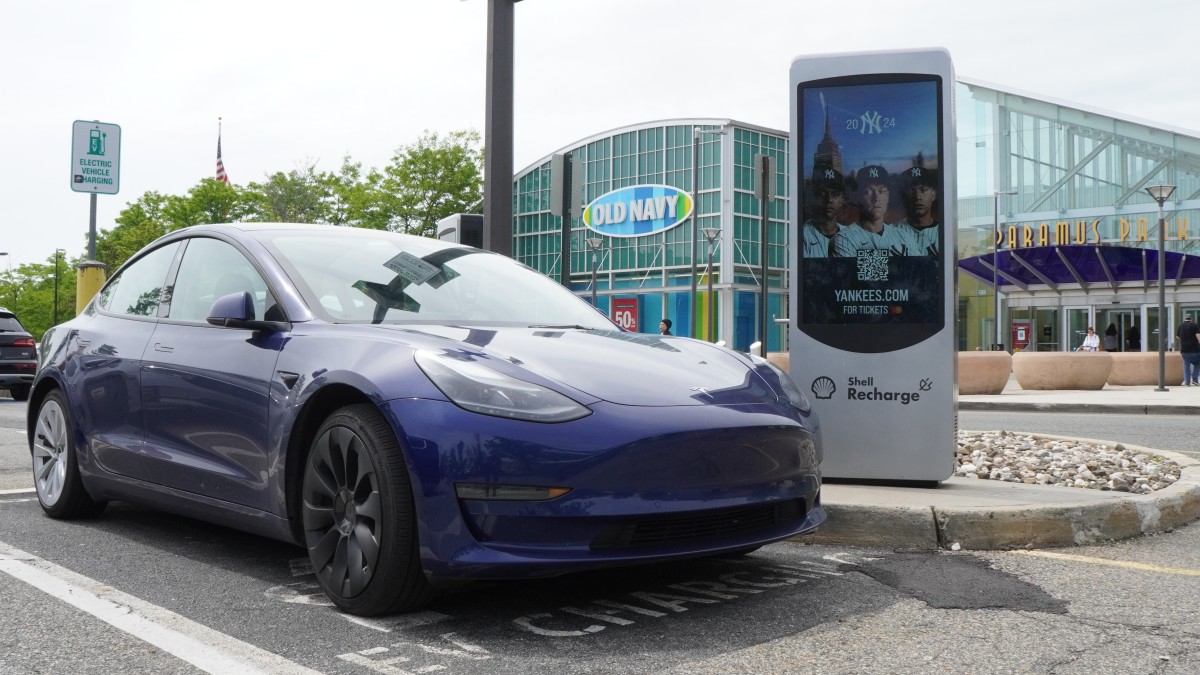
As with most technological innovations, whenever there is a battle between formats or similar products, one comes out on top, while the other falls out of fashion.
This reality is why we remember VHS over the Betamax, the Blu-Ray Disc over HD DVD for movies at home, the iPod over Microsoft’s Zune back when we used to buy CDs and MP3s, as well as Nespresso and Keurig over Tassimo for coffee machines.
I can go on and on with these comparisons, but today, we are witnessing another important technology comparison shift: Tesla’s (TSLA) Supercharging over everyone else with EV charging.
If there is one thing that Elon Musk and his minions got right, it’s creating the absolute gold standard of EV charging.
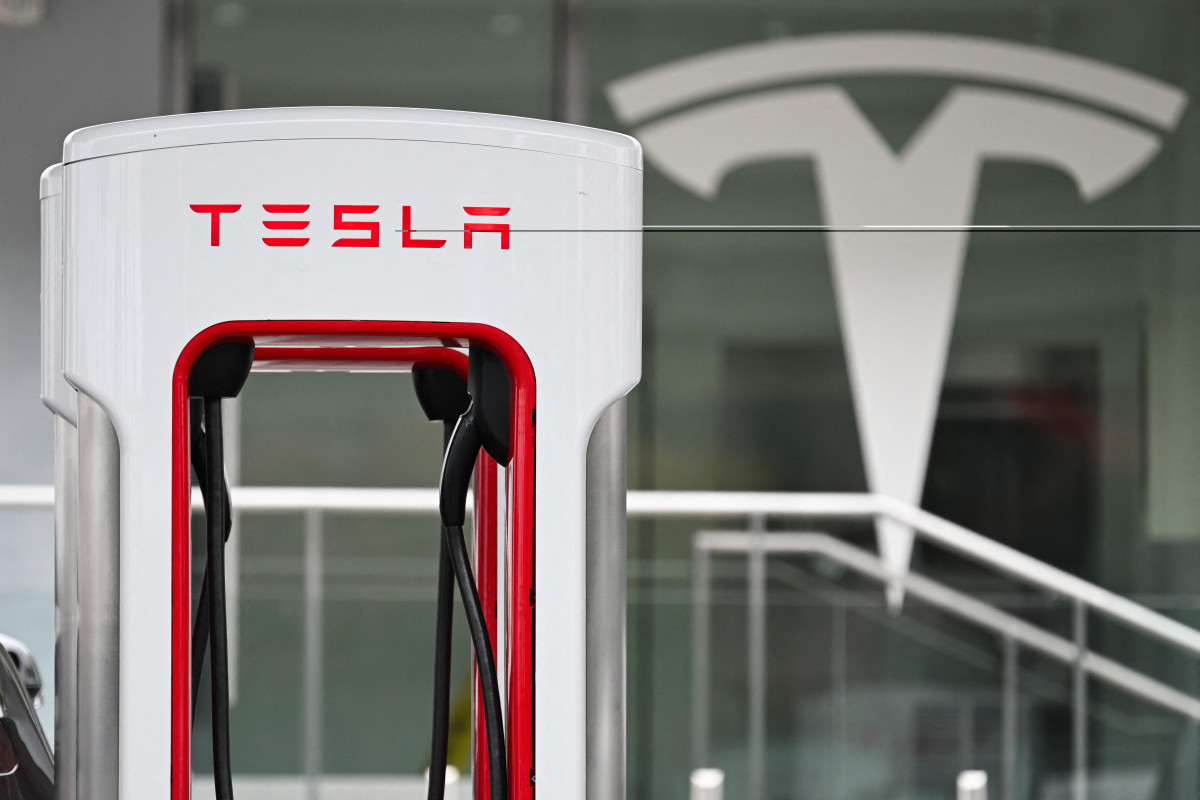
How so? It made charging up an EV feel as seamless as visiting a gas station.
I am from New Jersey, and, as a New Jersey motorist, I can attest that Tesla's Supercharging works for people who live in the Garden State because it fits the Jersey lifestyle to a T.
How so? Jersey drivers don’t pump gas, we are used to sitting in our cars and scrolling through our phones while waiting around for gas-station workers to get filled up.
Sure, you don’t have attendants at Tesla Superchargers, but the charging process is as simple as charging an iPhone. Charging at a Supercharger is as simple: You pop into a space, open the little door revealing the little plug hole, and plug in.
Once you’re done, the car tells you it’s done. You lift your head from your phone, put it in your pocket, get out of the car, unplug the car, and put the cord back in its place.
How do you pay? There’s no screen like there is on a gas pump.
Whatever electricity you used to charge will be charged to the card on file. It's like buying a bottle of water at the gym or running an expensive tab at the bar.

Sounds simple, right? It’s compatible with the fast, 'running-on-empty' lifestyle that many drivers like you and I are accustomed to.
This compatibility is the reason why many manufacturers, including Rivian, GM, Ford, and Hyundai are adopting the NACS port in later iterations of their EVs.
Tesla themselves say on their website that it’s their goal to have supercharging open to every EV. Unfortunately, that’s not the case for every EV owner just yet. Manufacturers are still working with Tesla to get its vehicle's software compatible with its Superchargers and make appropriate adapters for their vehicles.
Related: Elon Musk fired Tesla’s Supercharger team for a strange reason
However, with recent developments that were caused due to Elon’s quirkiness, Tesla's Supercharging future is in limbo.
Unfortunately, I came to find out that, without Tesla's supercharging, the current EV charging infrastructure will be very incompatible to many people's motoring lifestyles.
Act I: The lay of the land
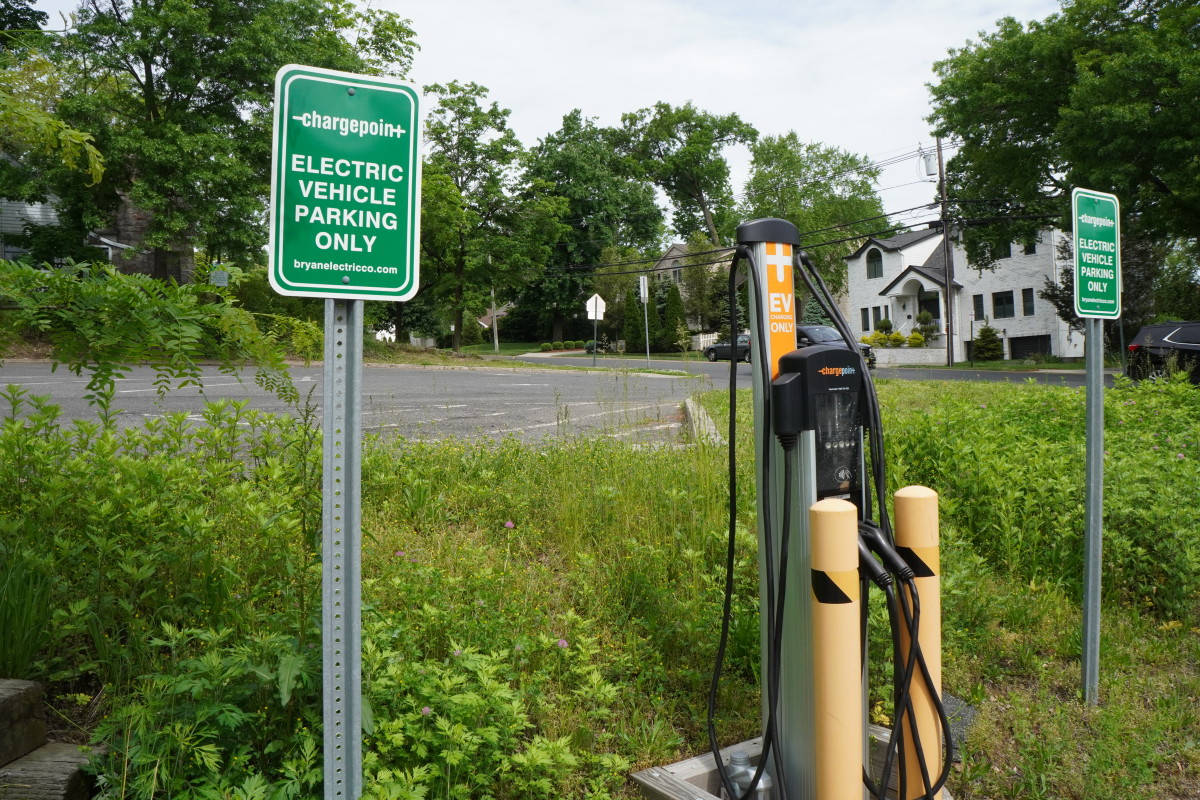
James Ochoa
EV chargers themselves are not hard to find; Google Maps has incorporated settings for EV charging onto their application and websites and apps like Plugshare act as a sort of "Yelp for EV chargers," where users "check in" and document their charging experiences.
Before we dive into why EV chargers are not made equal, I need to explain the two types of EV chargers that you would see out in public.
Most of the public EV chargers located near me are what are classified as Level 2 EV chargers. According to the U.S. Department of Transportation, these chargers can provide from 7-to-19 kW of power, which varies heavily from charger to charger.
On the other hand, Tesla's Supercharging is a good example of something called a Level 3 EV charger. According to the DOT, these chargers provide much more power at 50-to-350kW; speeds that designate this level of charger as a "fast charger."
Act II: the (not so) wonderful world of charging
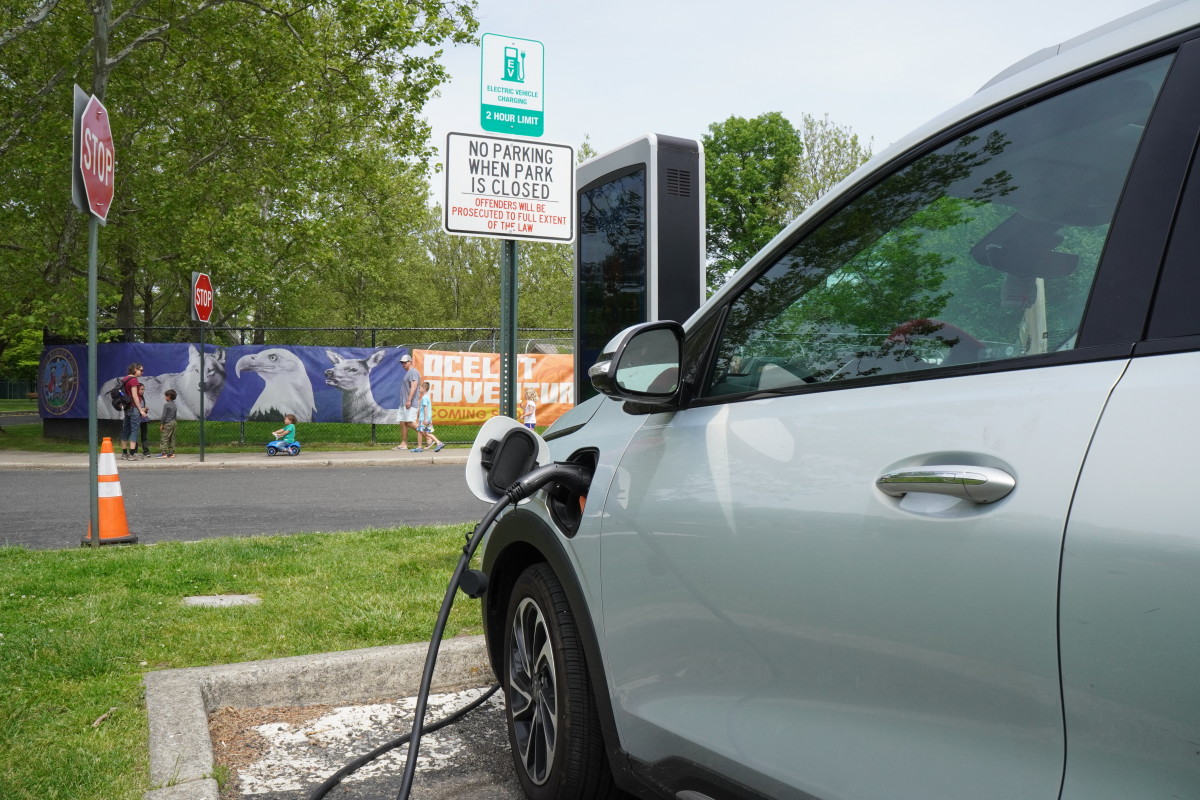
James Ochoa
Most of the charging stations that I have encountered where I live in North Jersey are Level 2 chargers, which can be conveniently found in municipal parking lots, outside a town's Department of Public Works, or in the parking lots of some businesses.
At the speeds these chargers provide, they seem to be convenient for a quick charge-up in between shopping, or popping into the library, coffee shop, or various other errands around town.
However, they will not exactly be a lifesaver if your only method of charging is chargers outside your home.
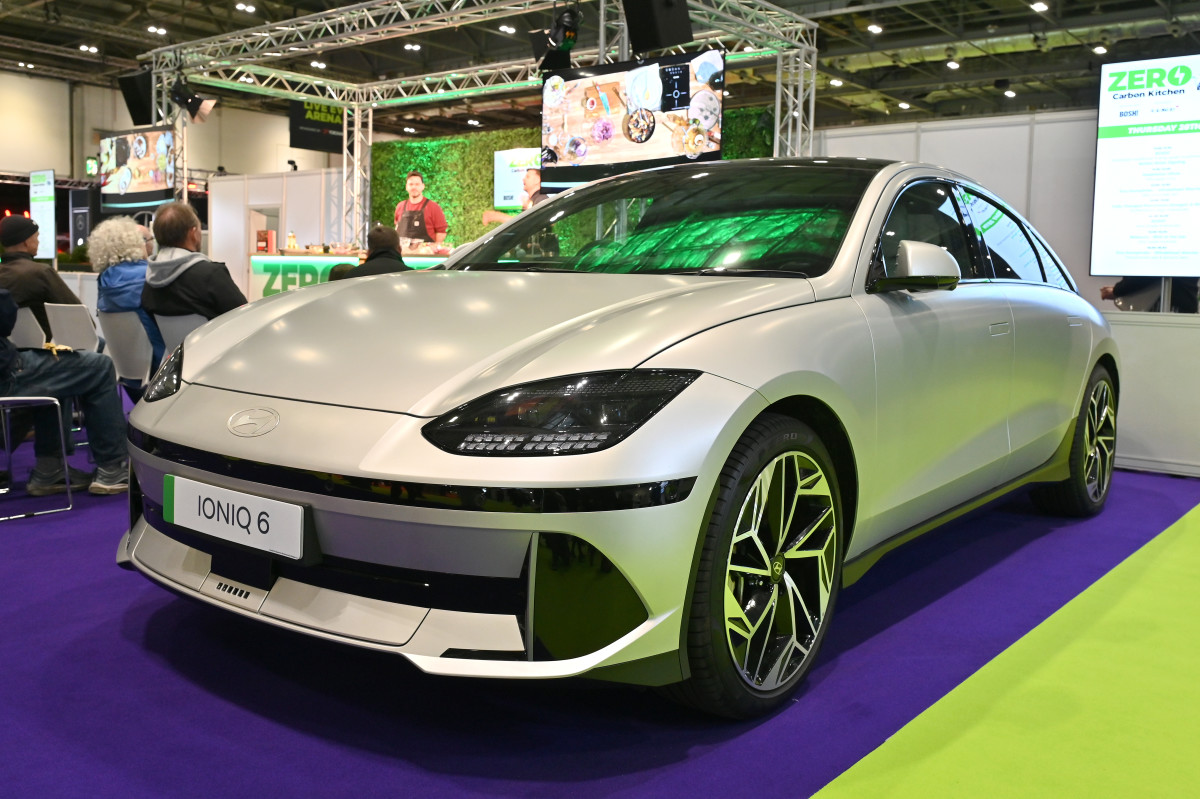
We know that EV chargers provide a certain amount of power; which is typically in kilowatts. However, Level 2 public chargers feed electricity into the car with AC power or alternating current. Inside all EVs is something called an 'onboard charger,' which converts the public charger's AC power into DC power and is the figure you look for when looking for the absolute peak limit of charging capacity from a Level 2 charger.
For all my charging time estimations, I am using the 2024 Hyundai Ioniq 6 SE RWD. It's a good benchmark equipped with a 10.9 kW onboard charger that connects to a 77.4 kWh battery, allowing for up to 361 miles of EPA estimated range.
To calculate the absolute fastest charging time on a level 2 charger, we divide the amount of charge needed in kWh and divide it by the power capacity provided.
For most driving, manufacturers like Tesla, Lucid, and Hyundai recommend charging up to 80% of capacity to extend the life of the battery.
So if the driver of a Hyundai Ioniq 6 wants to charge up at 20% to go back to the recommended 80% level, we first calculate the amount of charge needed. Eighty minus twenty equals 60, and 60 percent of 77.4 kWh is 46.44 kWh — this is the amount of charge needed at 20% to get back to 80%.
We then divide 46.44 kWh by 10.9 kW and we get 4.26 hours, or 255 minutes for the absolute fastest charging speed on Level 2 charging.
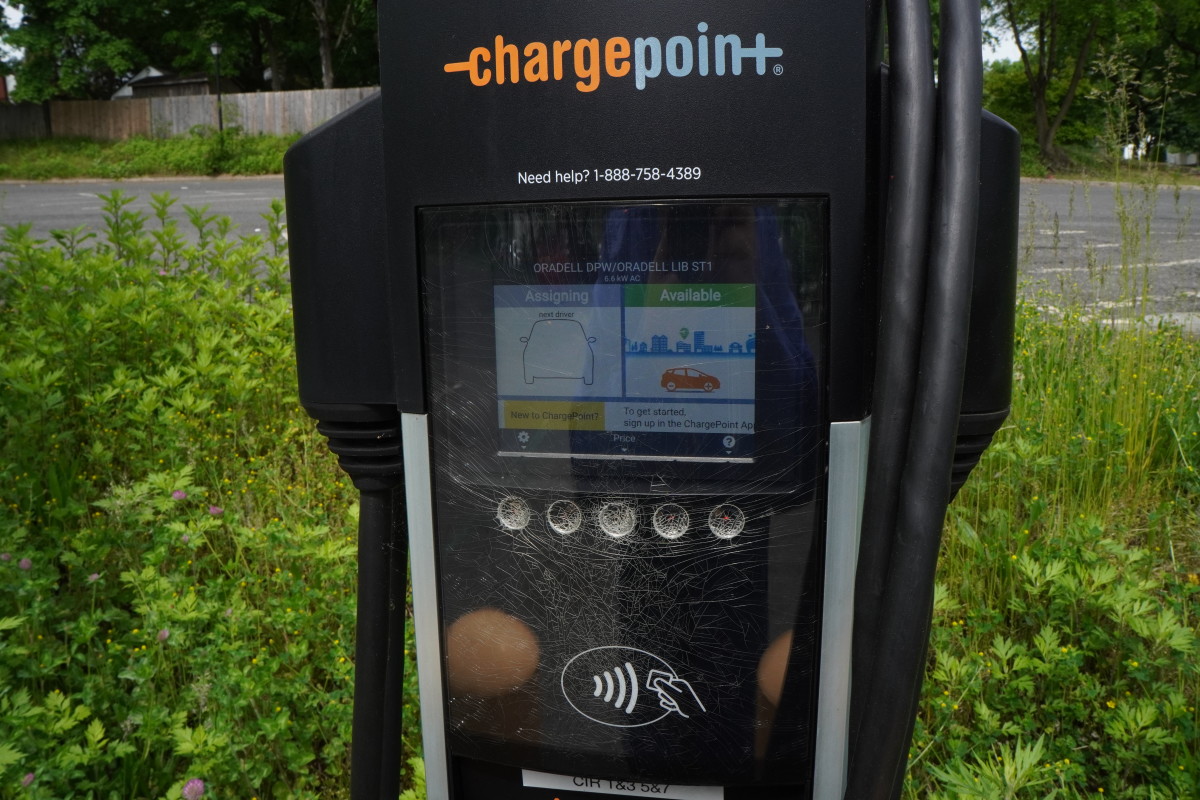
James Ochoa
However, not all Level 2 plugs are made equal. The closest charging station near me provides electricity at much lower rates: 6.6 kW of power on one plug, and 7.4 kW on the other. Though the math is done using the same formula, it means that charging the Ioniq from 20% to 80% using the 6.6 kW plug will take 7 hours, while the 7.4 kW plug will take roughly 6.27 hours. Hope you have lots of movies to watch or plan to spend all day at the park.
A local Level 2 charger I observe being used very frequently is operated by a company called Volta, which is now owned by Shell as part of the Shell Recharge network. Located at the Paramus Park Mall in Paramus, NJ, charging here is free for up to 2 hours, according to the Volta app.

James Ochoa
As per users on Plugshare, its billboard-type chargers provide up to 8.32 kW of power, which would take 5.58 hours (~335 minutes) to charge the Ioniq from 20% to 80%.
However, it would be a logistical nightmare to get back up to that level, given the 2-hour limit and accounting for Bergen County's notorious blue laws, which close the mall and the EV chargers on Sundays.
On the other hand, Level 3 DC chargers seem like a much better solution, as they charge directly to the battery. However, they are much more scarce than their Level 2 counterparts.
Around where I live, Tesla Superchargers, as well as other Level 3 chargers from brands like Electrify America are strategically located in high-traffic areas along busy corridors. Busy shopping malls like the Garden State Plaza in Paramus hosts an Electrify America station while the American Dream mall near the MetLife Stadium in East Rutherford, NJ hosts several Tesla Superchargers.
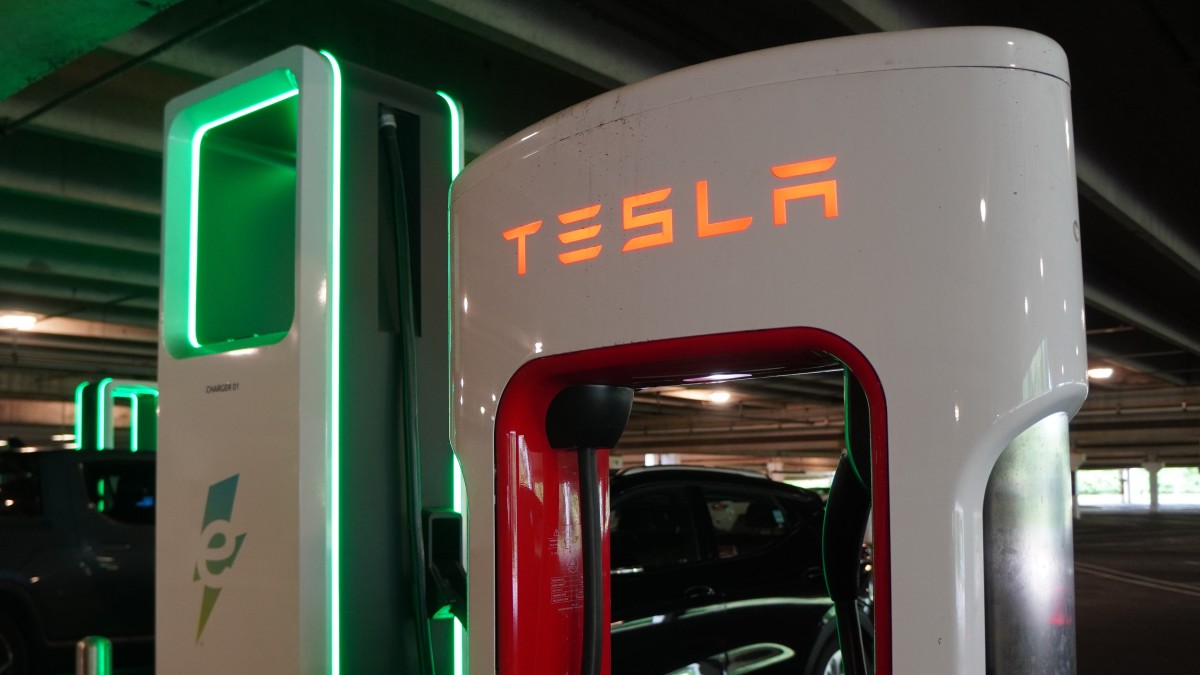
James Ochoa
Though some Tesla Superchargers are open to other EVs, Electrify America claims that it offers the largest amount of open hyper-fast charging stations, offering 4,036 fast chargers at 901 stations across 47 U.S. states, Washington D.C., and six Canadian provinces.
Electrify America offers 150kW chargers, which can charge our Ioniq in about 19 minutes, as well as "Hyper-Fast" 350kW charging in limited areas, which could charge up the Ioniq in less than 8 minutes.
Though the latter sounds fast and convenient, the nearest 350kW Electrify America location from my house is located about 18 miles away in another county.
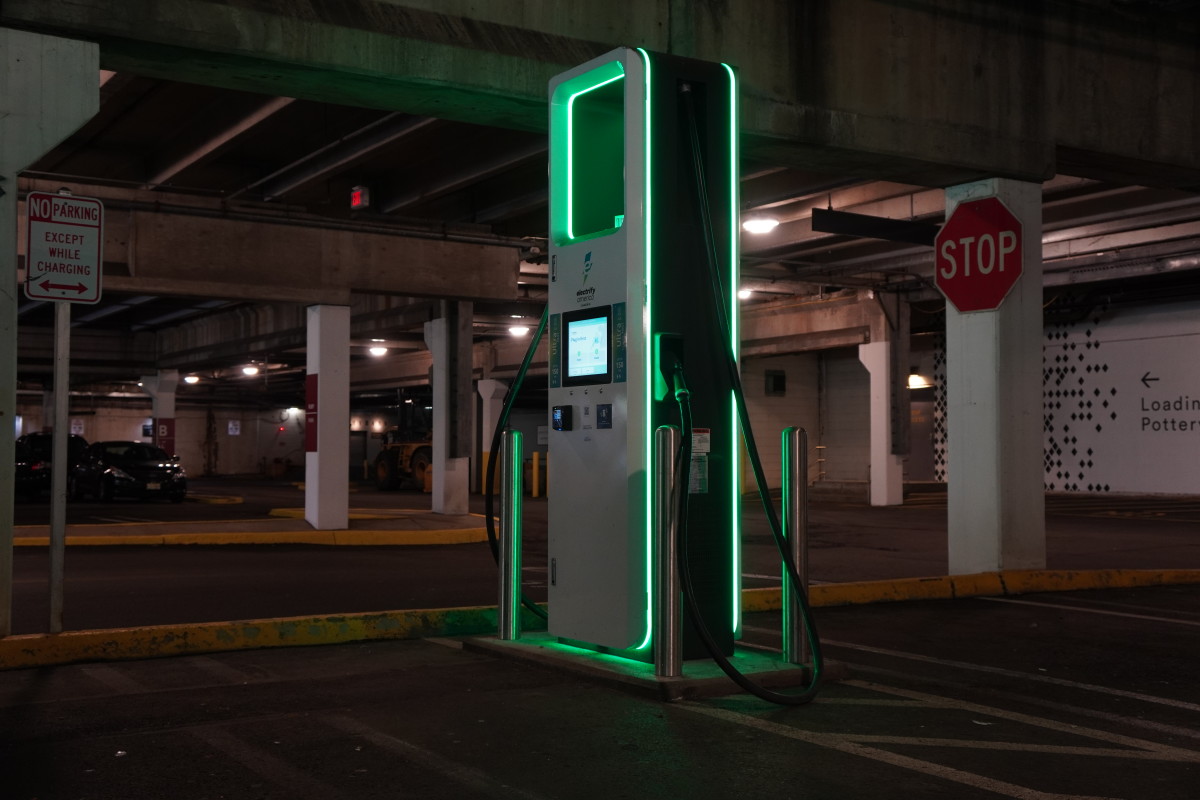
James Ochoa
In a statement to TheStreet, a representative from Electrify America said that they take a "data-driven approach for intentional station placement that focuses on Highway travel and areas with high EV adoption rates, like metro areas, where access to public chargers is in high demand."
But what can make or break any charging experience is the way one pays for the actual act of charging a vehicle. It's not like a gas station, where you pay for the actual liquid amount of gasoline you or the attendant dispenses into your tank. Some chargers charge per kWh, some charge by the hour and some add parking fees on top of those charges, which can be very confusing.
In a statement to TheStreet, Mike Battaglia, the COO of Blink Charging (BLNK) ; one of the companies that supplies many of the public Level 2 chargers in my area, said that the laws of some states do not allow charging station hosts to charge by the hour.
Act III: Out-of-the-box solutions
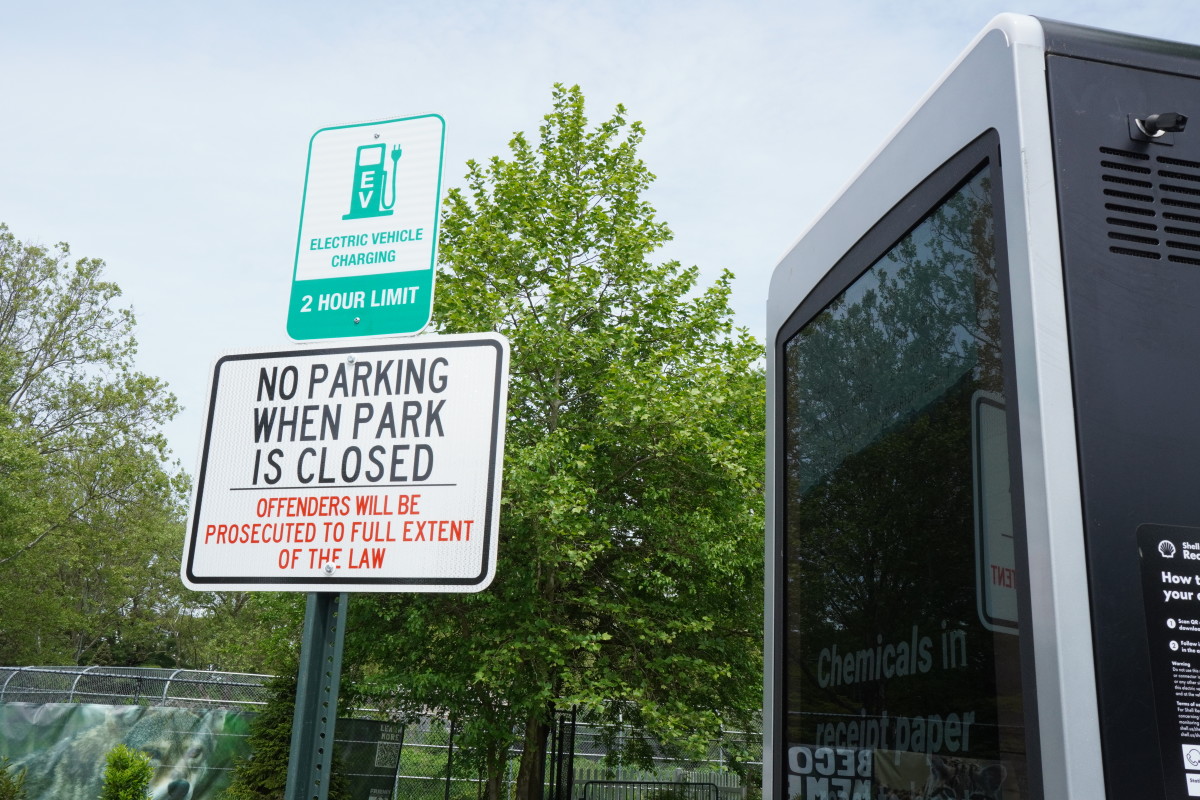
James Ochoa
Given the complications with public level two charging, it seems that a more compatible solution would be to incentivize the building of public DC fast charging stations, but there are additional issues that present themselves.
According to data published in AutoPacific's EV Consumer Insights Study, the majority of American EV owners feel that in addition to signage indicating clear pricing, they feel that public chargers should be well-lit, should be covered like a gas station, offer basic vehicle care services like windshield cleaners, air pumps, and vacuums, as well as Wi-Fi access.
The thing that differentiates EV chargers from gas-powered cars is that you wouldn’t fill up a tank of gas in someone’s back alley, but with the location of most EV chargers, the vibe feels the same.
With most EV chargers located in municipal parking lots, parking garages, and the expansive parking lots of big box stores and shopping malls, charging exposes drivers and their EVs to all sorts of stormy weather and temperatures. Additionally, charging at public chargers at night would present an issue for motorists who value personal safety.
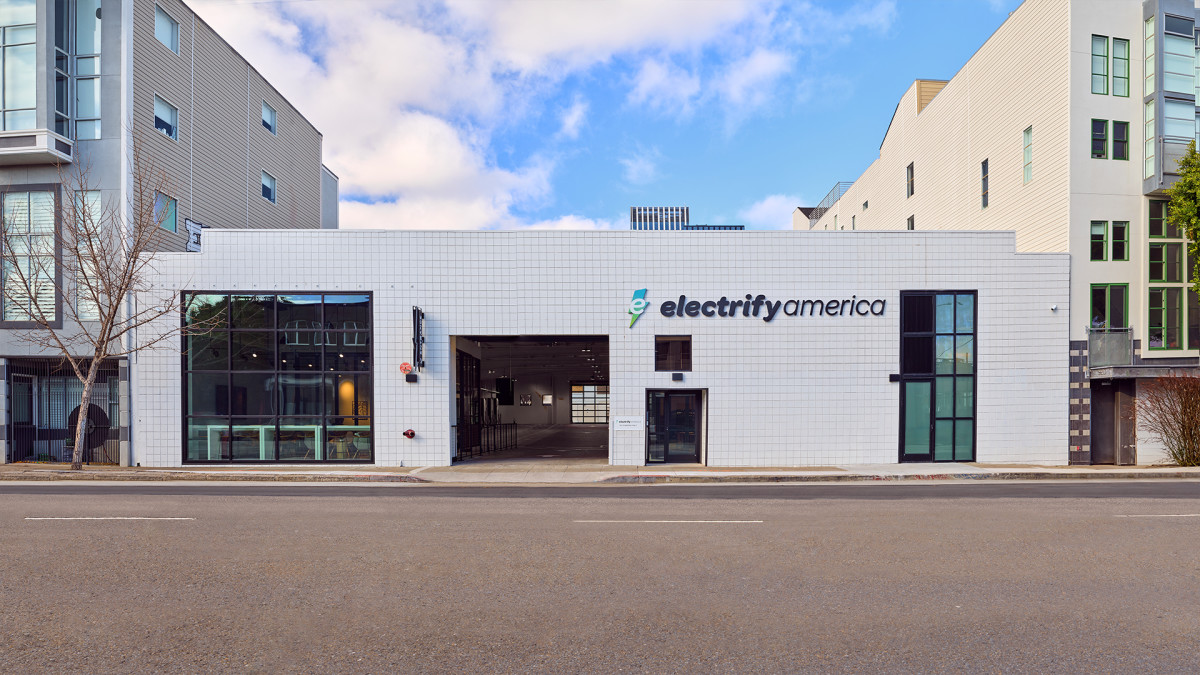
Electrify America
In San Francisco, Electrify America is trying out a new concept that emulates the feeling of a service station while addressing said issues.
Here, Electrify America offers an indoor charging experience, where electric cars and their owners are situated inside a building open 24/7 with round-the-clock monitoring and security.
While vehicles charge at one of 20 of Electrify's next-gen 350 kW chargers, drivers can recharge themselves in one of two dedicated lounge areas equipped with restrooms, food and beverage vending machines, and free Wi-Fi.
Meanwhile, Google-backed startup Gravity has come up with a curbside charging solution called DEAP Trees. The company claims that these "trees" do not require any utility upgrades and can provide either 200kW of power or a blazing 500kW of charging power.
Conclusion:

When talking about the underdevelopment of EV charging infrastructure, it’s important to note that gas-powered cars are fueled by a liquid that is almost exclusively sold by private entities such as Shell, (BP) , ExxonMobil (XOM) , and other similar companies.
Although it sounds like a car enthusiast’s idea of purgatory; if our society is going to have a future where all cars are electric, we need to have a very easy transition and incentivize making EV charging feel like pumping gas again.
According to a recent study by KPMG, gas-powered cars are still the preferred choice for Americans, with 38% of survey respondents saying they would purchase a standard gas-powered vehicle and 34% would choose a hybrid.
More critically, 60% of US consumers responded that they want EV charging to take 20 minutes or less.
I do not know who to point the finger at, but the powers that be are failing.
Believe me, I love electric cars. I love the way they drive and I love the way the instant burst of power that these electric motors make me feel.
In my feature about the Audi RS e-tron GT, I was enamored by the way the 637 horsepower power plant made me feel: scared. However, my dive into EV charging has left me with the realization that we need to do better when it comes to something that should be very basic. It is not a good situation right now; I want things to be better, but even as someone who covers the auto industry, I am not confident that things will get better.
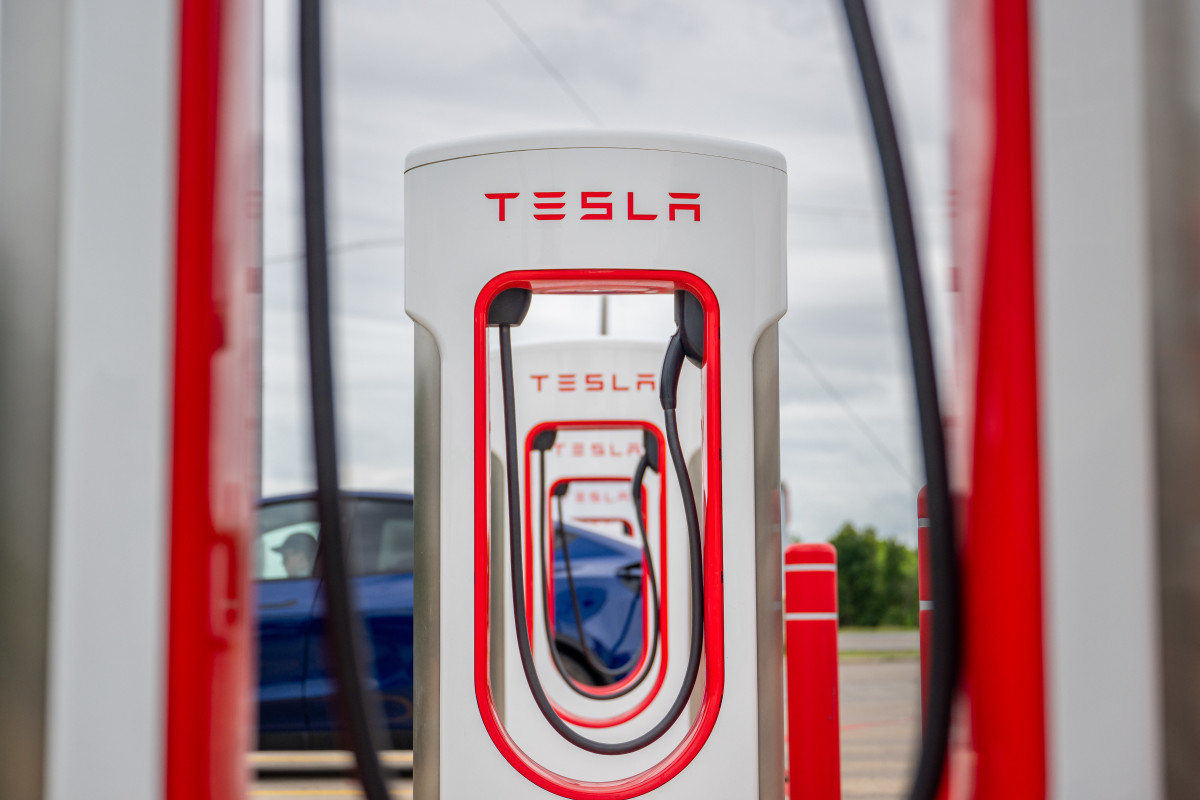
Tesla's Supercharging has perfected a formula for how we can solve the charging conundrum: quick, convenient, and accessible charging.
As Elon Musk and Tesla's Supercharging team air out their dirty laundry, I am not surprised that other companies are not taking this opportunity to get ahead in the EV charging race.
It is a crowded field, but, as legendary Formula 1 driver Ayrton Senna famously said;
“If you no longer go for a gap that exists, you're no longer a racing driver."
But for those who want to adopt an EV and are faced with the reality that I posed to you, it is still possible to adjust your lifestyle to one that is compatible with the realities of the current EV charging infrastructure.
Plan your trips, and get familiar with your local area and where EV chargers are; just like how you know where gas stations are. If you own a Tesla, Tesla has a route planner on its website that shows Superchargers on your route, if you need to charge the vehicle.
Download the PlugShare app if you don't own a Tesla, it too has a similar feature, and so do the apps of Electrify America and Volta.
More Business of EVs:
- New study suggests EVs are supercharging an impending environmental crisis
- GM President has bold plans for an iconic sports car's EV resurrection
- Ford CEO says this iconic model will "never" be an EV
But given that the future of Supercharging is not confident and its rollout for compatibility with other EVs are expected to begin later this year, in the meantime, the other players in the EV charging game need to improve in more ways than one.
Although President Biden has lofty goals for EV adoption, our charging infrastructure cannot stay put.
If it keeps up like this, I'd consider buying a hybrid.
In a statement to TheStreet, a representative from ChargePoint (CHPT) said it is in a quiet period before earnings on June 5.
Related: Veteran fund manager picks favorite stocks for 2024


